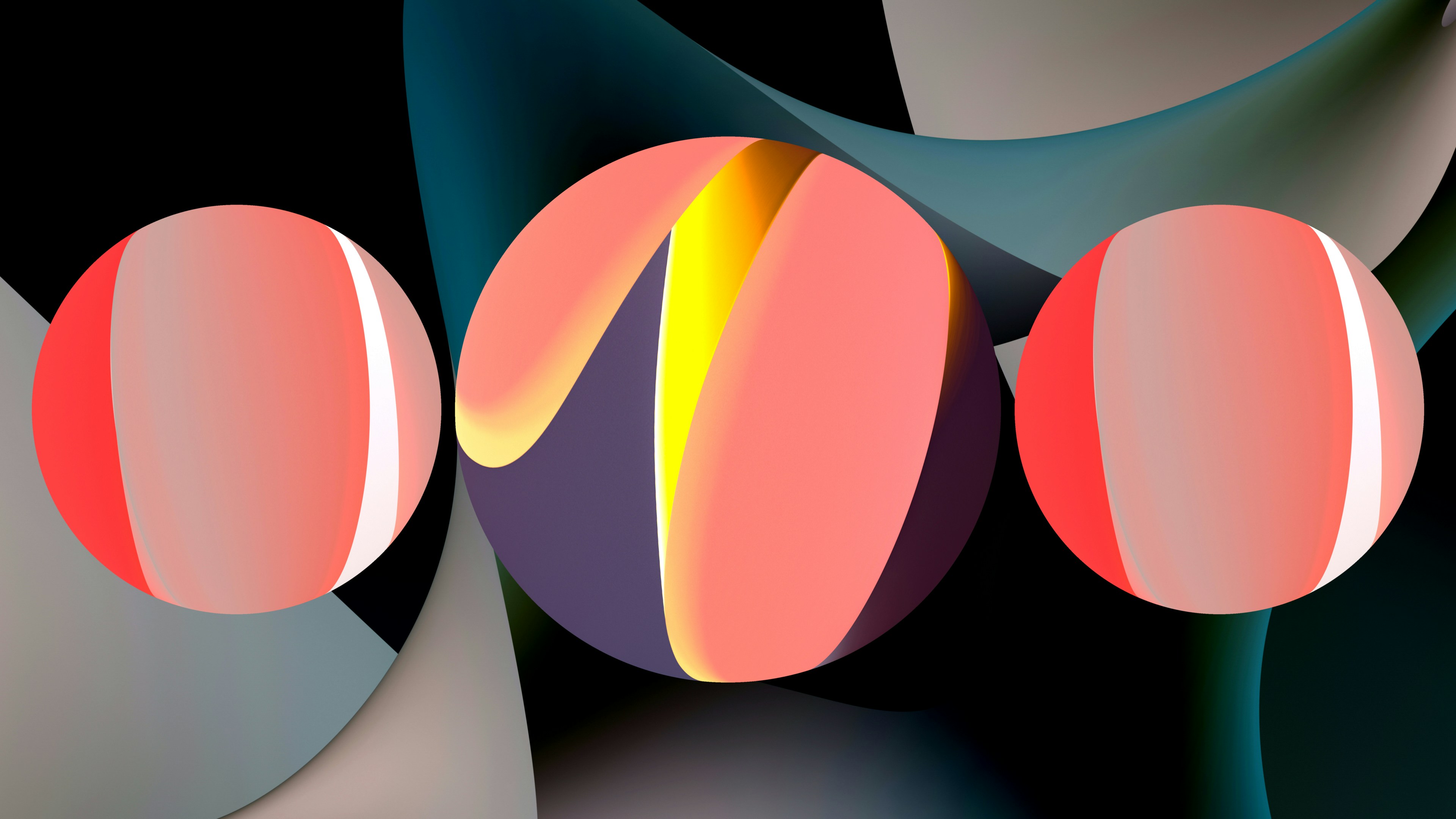Iteration


Designer Ella received an order to redesign the interface of a popular task management app. The client wanted the product to be more modern and user-friendly but didn’t have a clear vision of how exactly. Ella started with a simple prototype: she added new icons, updated the color palette, and slightly adjusted the layout. Early user tests showed that some solutions hindered information perception, and certain elements caused confusion.
Instead of abandoning the project or changing the entire layout at once, Ella began an iterative process: small adjustments, testing, analyzing feedback, and making new refinements. Each cycle brought the interface closer to the desired result. After a few weeks, the app became more convenient, and the user experience clearer.
This experience taught Ella an important lesson: iteration is not just repeating actions. It is a way to listen to users, identify mistakes, and turn ideas into a working product. In modern design and branding, this approach is becoming key.
What is Iteration
Definition
Iteration is the repetition of a process to improve the outcome. Unlike a linear approach, where a product is developed once and tested only at the end, the iterative method involves continuous cycles of analysis and refinement.
Iterative Approach
An iteration cycle consists of several steps: planning, execution, evaluation, and adjustment. At each stage, the results are compared to the original goal, and errors or weaknesses are identified. This approach allows teams to understand what works and what doesn’t without waiting for the final release.

Source: Freepik
Main Goal
Iterations ensure that the product meets user expectations as closely as possible. Each new version comes closer to the ideal because the process is based on data, feedback, and real experience. Iteration allows testing hypotheses, finding shortcomings, and improving details that may initially seem minor.
Iterations in Design and Branding
In UX/UI Design
Iterations in interfaces and apps help create clear and convenient solutions. Prototypes allow ideas to be visualized and tested quickly. Low-fidelity mockups show the overall structure and logic, while high-fidelity mockups reveal the final look and interaction details.
User testing provides valuable data. By observing user behavior, designers can see which elements cause difficulties and which are intuitive. Iterations gradually adapt the interface to real audience needs without breaking the overall concept.

In Brand Development
Brand creation also follows iterations. Logos and corporate identity rarely appear perfectly on the first attempt. Designers usually prepare multiple versions, each tested for audience perception. Colors, shapes, and fonts are adjusted.
The iterative process helps a brand evolve. The first logo version may be too rigid, the second overloaded with details. Through several cycles, the designer finds a balance between uniqueness and functionality. This approach makes the brand flexible and understandable for consumers.
Benefits of an Iterative Approach
- Risk Reduction: Errors are identified early. Instead of investing heavily in the final product and hoping for the best, iterations allow course corrections during development.
- Flexibility: The product easily adapts to new requirements or market changes. Teams can make changes without significant time or budget losses.
- User Focus: Continuous feedback makes development user-centered. Iterations turn hypotheses into proven solutions and create products people actually need.
- Resource Efficiency: Each iteration helps avoid costly revisions at later stages. Small early adjustments are much cheaper than large-scale changes to a finished product.

How Iterations Work in Practice
Web Application Example
When building a website or app, the team starts with a basic prototype. The first cycle tests core functions and structure. Users try navigation and point out confusing elements. In the second cycle, details like text, color accents, and button placement are refined. Each new prototype incorporates data from previous cycles. After several iterations, the product becomes stable and user-friendly.
Examples from Well-Known Brands
Many successful brands use iterative approaches. Logo redesigns don’t happen at once but through a series of trials and adjustments. Product updates occur in multiple stages, where each version incorporates lessons from the previous one. Iterations help maintain audience connection and relevance.
The Role of AI in the Iterative Process
Modern tools speed up iterations. AI can generate design ideas and variants in minutes. It can create dozens of logo, interface, or color scheme options, which the designer then selects and tests.
Analyzing user data automatically identifies weak points and suggests adjustments. This makes each iteration faster, more accurate, and more diverse.
Conclusion
When Ella’s redesigned app was released, users immediately noticed its convenience and logical flow. They quickly found the functions they needed and returned to the product repeatedly. The client said: “Now we know for sure that our design is understandable to people.”
Iterations helped make deliberate choices and turn ideas into a working product. They proved that improvement is not random tinkering but a systematic process for creating intuitive interfaces and recognizable brands. In today’s world, where user expectations constantly evolve, iterations are a reliable tool for keeping design and branding relevant and noticeable.


